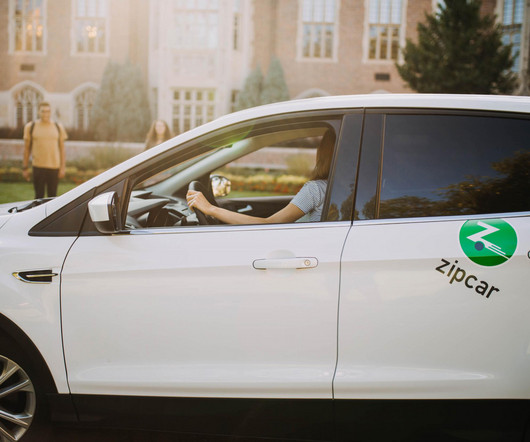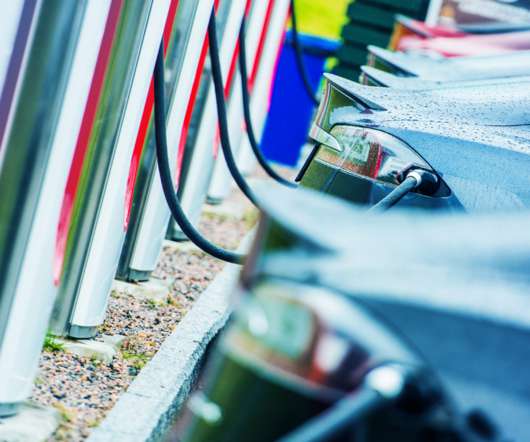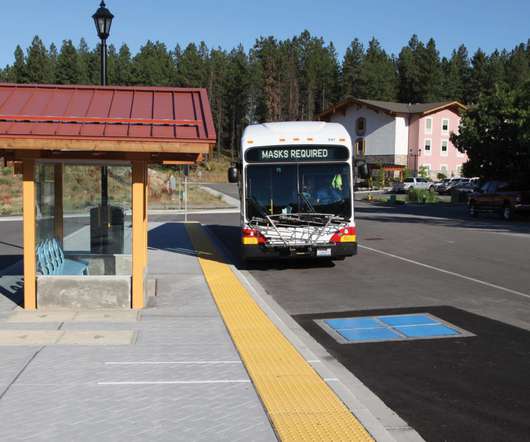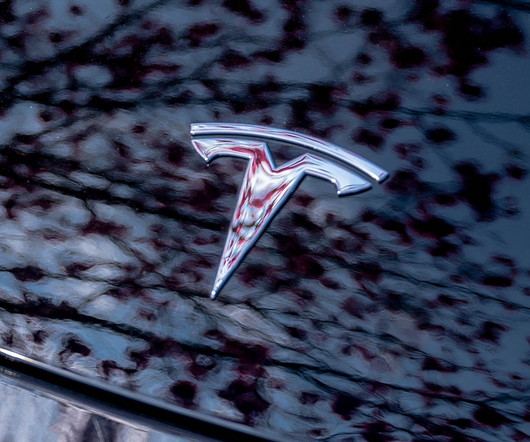Driving Towards a Sustainable Future: The Rise of Electric Autos in India
Baua Electric
FEBRUARY 7, 2024
As the demand for electric autos continues to rise, it’s clear that India is driving full-speed towards a sustainable future, setting an inspiring example for other nations to follow. One of the main challenges is the high upfront cost of electric vehicles. Another barrier to adoption is the limited charging infrastructure.

















Let's personalize your content